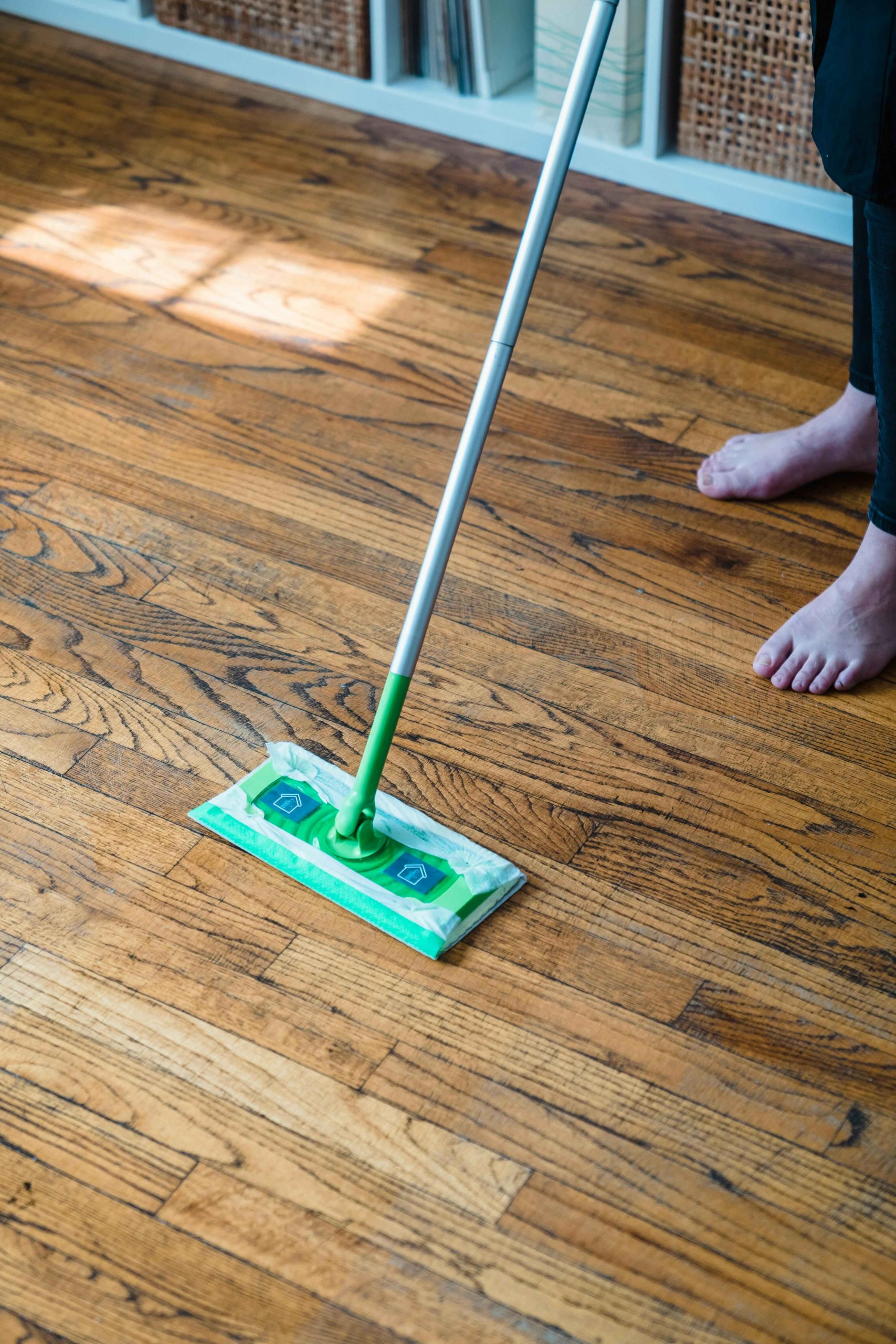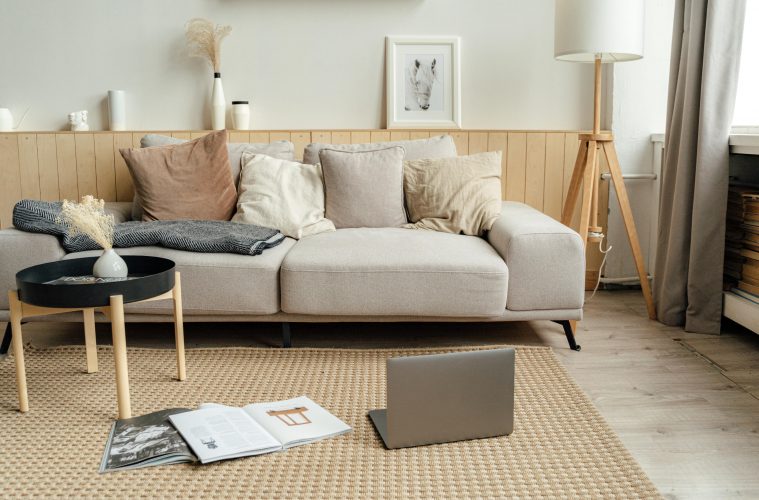Carpet and hardwood are two of the most common flooring materials in many homes. But they are also the most different from one another. There are two types of flooring materials to consider: one is a synthetic, soft, quiet, and inexpensive option with a relatively short lifespan, while the other is a natural, hard, and more expensive material that is likely to last longer. Many homes may incorporate both types of flooring, but understanding the differences between carpet and hardwood will help you make an informed choice about which to use in your space.
Carpet vs. hardwood flooring
Carpets
Modern carpets are created by threading closely spaced loops of synthetic fibres through large sheets of backing material. Some natural fibre carpets are mostly cotton or wool, but most are made from nylon or polyester. Carpeting is manufactured in huge rolls and purchased by the square foot. This type of flooring is loved for its appearance. Carpets offer a better variety of colours and textures and are available in hundreds of styles to meet any interior design need and fit into your personal aesthetic.

Image Credit: Pexels
Hardwood
Solid hardwood flooring is made of trees milled into rough lumber. These milled boards of lumber trees will then receive a smooth sanded face on the top surface, but are left slightly rough on the bottom. The edges are then shaped with tongue-and-grooves that allow the boards to interlock as they are installed. The main appeal of hardwood flooring is in its natural wood-tone colours and grain pattern. This varies depending on the type of wood used for your floors. Hardwood flooring creates a bold statement, and it feels and looks firm and stable, giving a long-lasting effect.

Image Credit: Pexels
Factors to consider when choosing your floor type
Ultimately, one type of flooring isn’t necessarily better than the other. Your choices are shaped by your home aesthetic, lifestyle, preferences, and the specific uses of each room.
Example where wood flooring works:
- in heavy traffic areas, such as halls and passageways
- in the kitchen, dining rooms and living rooms where spills are likely to happen
- for rooms where dirt gets tracked in foot traffic
Examples where carpet flooring works:
- for making your bedrooms cosy
- on stairs for improved safety
- in cold rooms
- for upstairs rooms to dampen noise
When selecting between carpet and hardwood flooring, consider that the ideal choice may vary by room, depending on your home’s layout.
ALSO SEE: THE PROS AND CONS OF INSTALLING HEATED FLOORS
Feature Image: Pexels

